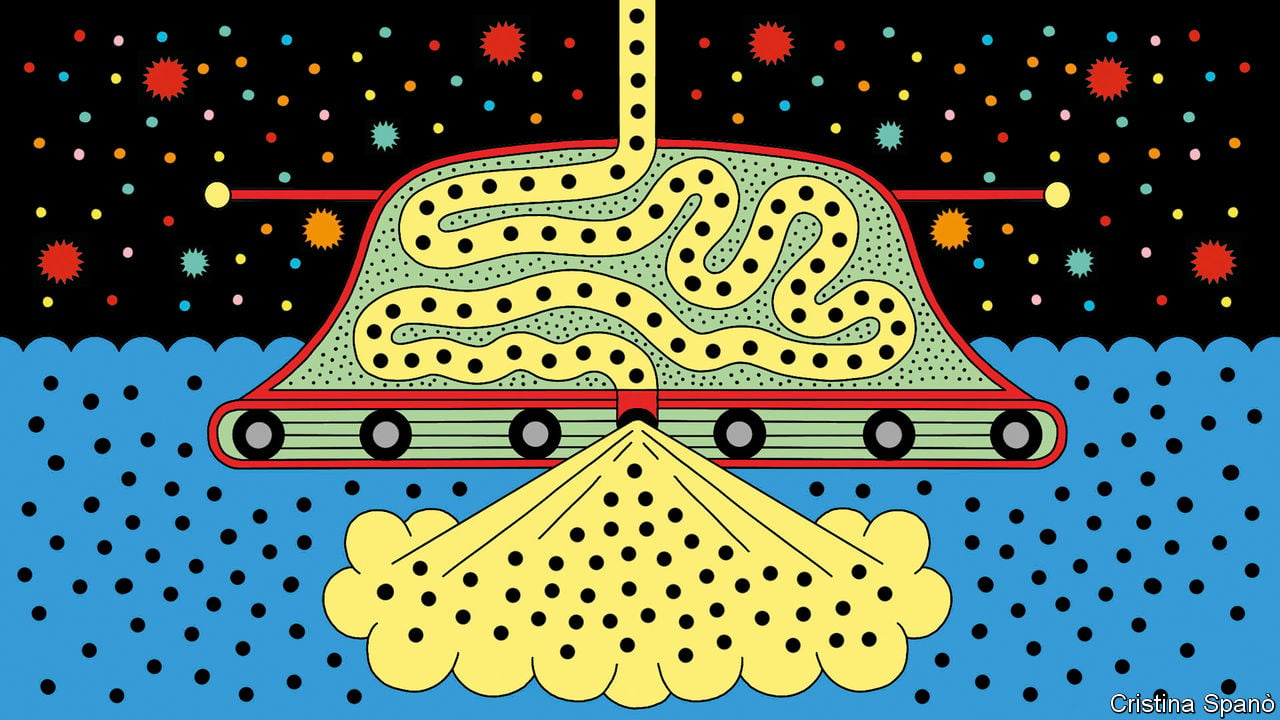

The point is exactly that they’re trying. Despite the parade being attacked, the democratically elected government, and the police as an institution are supporting them. That is the essence of working towards freedom of expression and progress: The fact that the people in the parade are permitted by the government to express themselves, and protected by the government when they do so, even if popular opinion may be against them.








I can’t see how the force on his arms can become larger than his body weight, which he should be able to hold up?
Other than that, I perfectly agree that this guy ded